The Melk Abbey tour was part of our The Danube, or Wachau, valley tour ( Click the link for a complete information on the Danube/Wachau Valley Tour ). An imposing abbey in the little town of Melk in Lower Austria, with the hills and the Danube River providing a picturesque setting, the Abbey has had its share of history and can enthral visitors both by its tales and magnificence. We had been told that the tour would take about 2 hours minimum. And so, we set off from Bed & Breakfast, Pension Vitis in Vienna (Click the link to read about Pension Vitis B&B ) immediately after breakfast.
How to reach Melk Abbey? You have to start from Wien Hauptbahnhof – the main station in Vienna. Since we were taking the Danube Valley tour, we bought a combo ticket (Train + Boat + Melk Abbey entry) all the way up to Krems and return. Tickets (Eur 53 / adult), train timings etc. can be obtained from the website (https://kombitickets.railtours.at/wachau-ticket/austria/wachau/wachau-ticket.html) but we did not buy the tickets online as for some vague reason, the final bookings’ page is in German, not English!!! It was frankly, a little confusing. The combined ticket is valid for 4 days. We took the recommended 9 am train and reached Melk Hbf around 10 am after one changeover (6 mins) at St. Polten Hbf which was not a problem at all.
The Melk Abbey Tour
Just as you get out of the Melk train station and walk a little, you find the Abbey standing tall on top of a hillock in front of you. A stunned ‘Wow’ and some quick photographs later, you hurry down the path and pass through the little town flanked by shops and restaurants towards the lanes that lead to the Abbey. We found one narrow lanes through a few pretty homes, and walked up the steep slope, revelling in the sight in front and behind us.
Once at the gates, you almost get a feel of what awaits you. For, the gates are massive and in complete Baroque style. They open to a large courtyard. At this point we were joined by our guide for the Abbey, who started with a dose of the Abbey’s history – about how the abbey was actually a palace of the Babenberg royals until one of the rulers gifted the palace to monks in the 11th century. The monks turned the palace into a fortified abbey, made it an important seat of culture and learning. A section of the abbey is still occupied by the Benedictine monks.
Needless to say, the abbey played an important role through the passages of Austrian history. Its many rooms and exhibits tell the tales of the bygone ages, pointing out how in the 18th century it was given a Baroque makeover, how a fire gutted it in the 20th century and how it has been restored only recently.
The Abbey houses some invaluable art in the form of frescos – you discover them as you stroll past the courtyard and its church. Then there are the books and manuscripts in its two-floor library. And finally of course is the turn of the magnificent church with its most famous fresco in the ceiling and the fine organ. Do not miss the view of the little town of Melk and the Danube valley from the terrace just after the museum tour and before the library tour.
The tour transports you to another world. The reverie is broken when you come back to the courtyard and say your Thank Yous and Goodbyes to your guide and fellow visitors. Our guide added that we should take a quick stroll in the garden adjoining the Abbey. We did go and took a peek. By now, we had checked our watches and realised that if we did not hurry and go for lunch, we’d miss the Danube River cruise.
Alarmed, we rushed to the Melk’s restaurant — Stiftsrestaurant Melk — to grab lunch, and fell in love with the place and its food. Our experience of that wonderful lunch is elaborated here — Must eat at Stiftsrestaurant
Bye bye for now ……:-)
P.S: For a complete Austria itinerary and tour details, read — A Perfect Summer Holiday in Austria

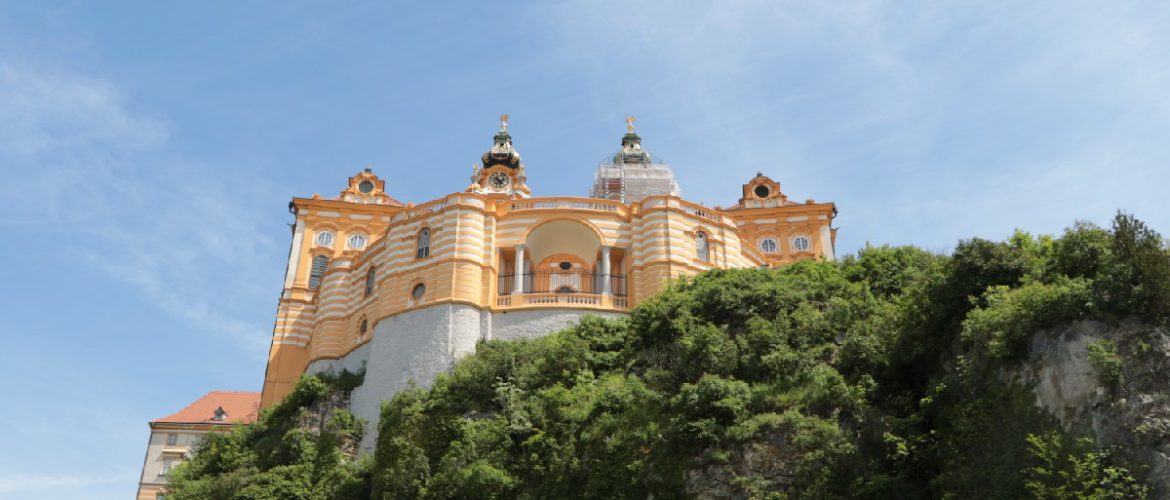
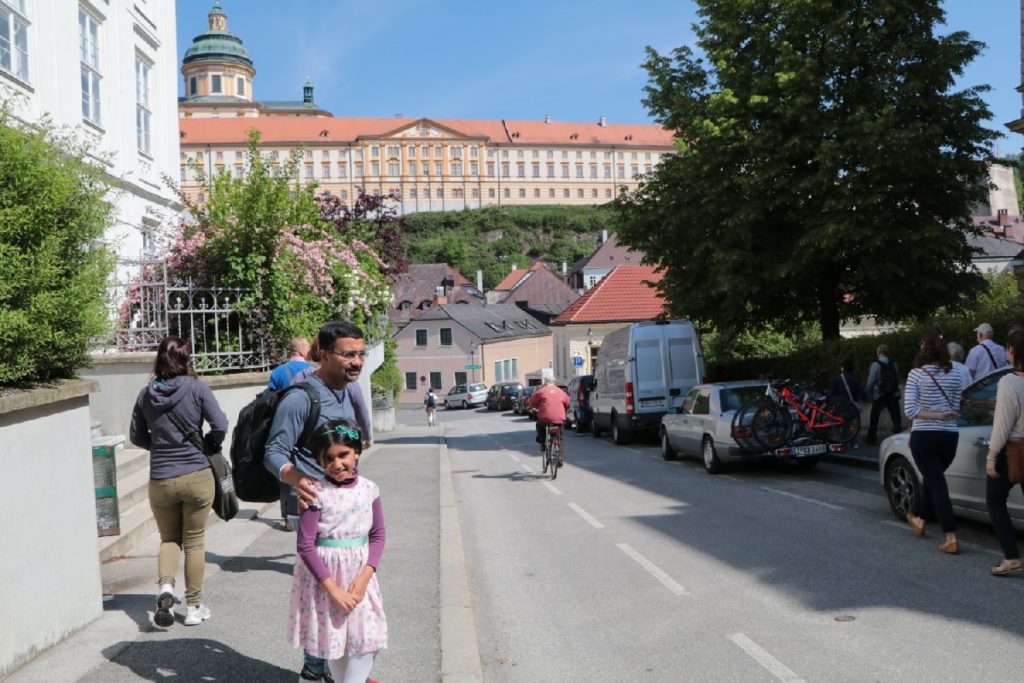
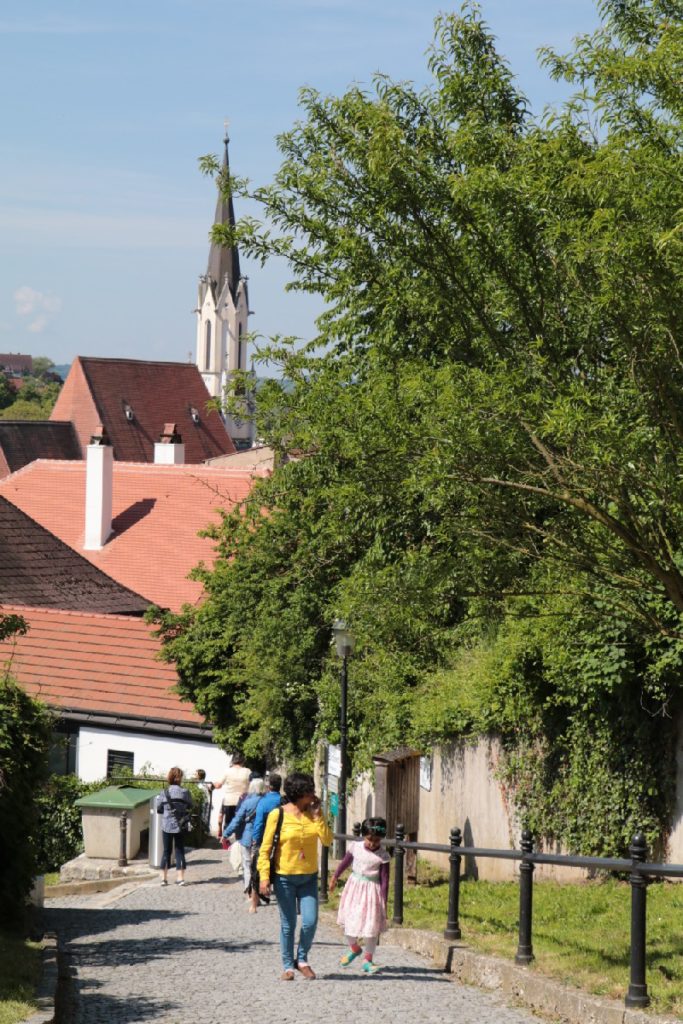
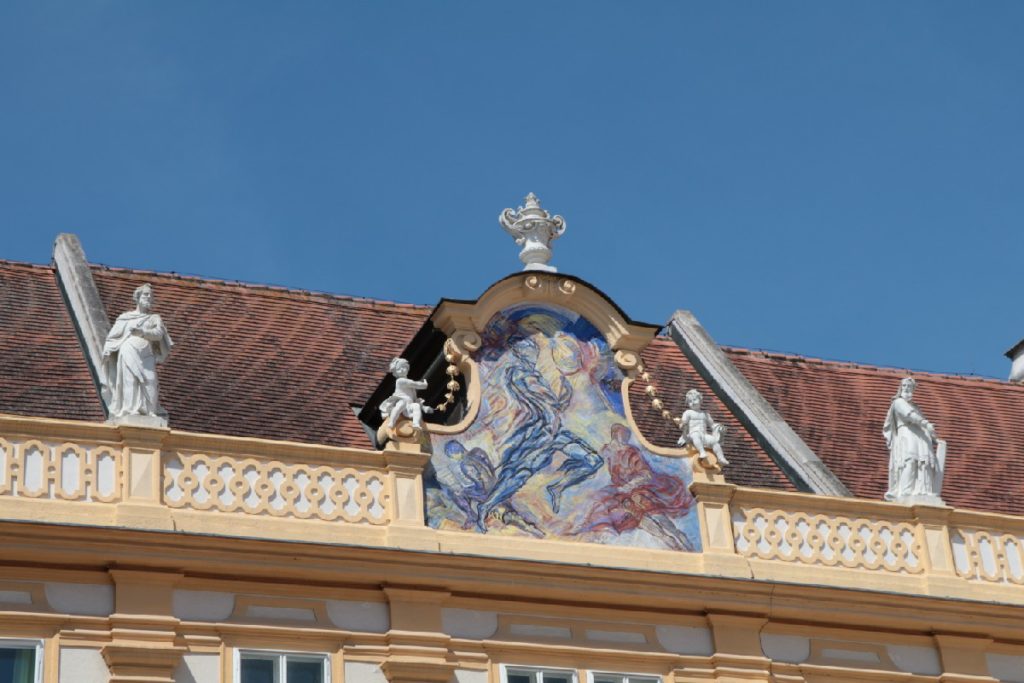
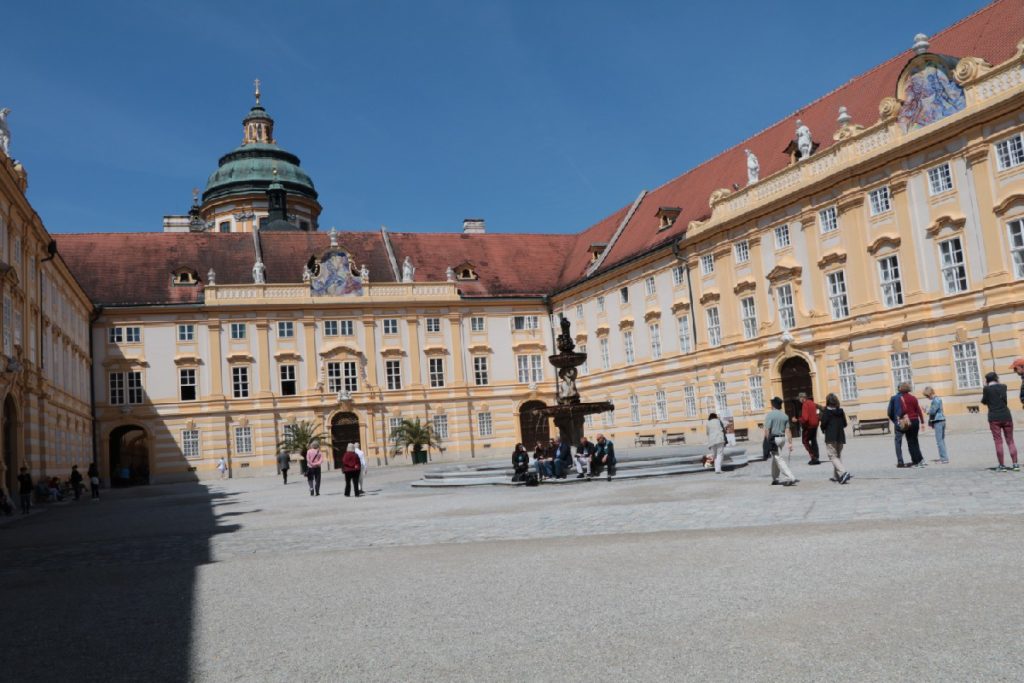
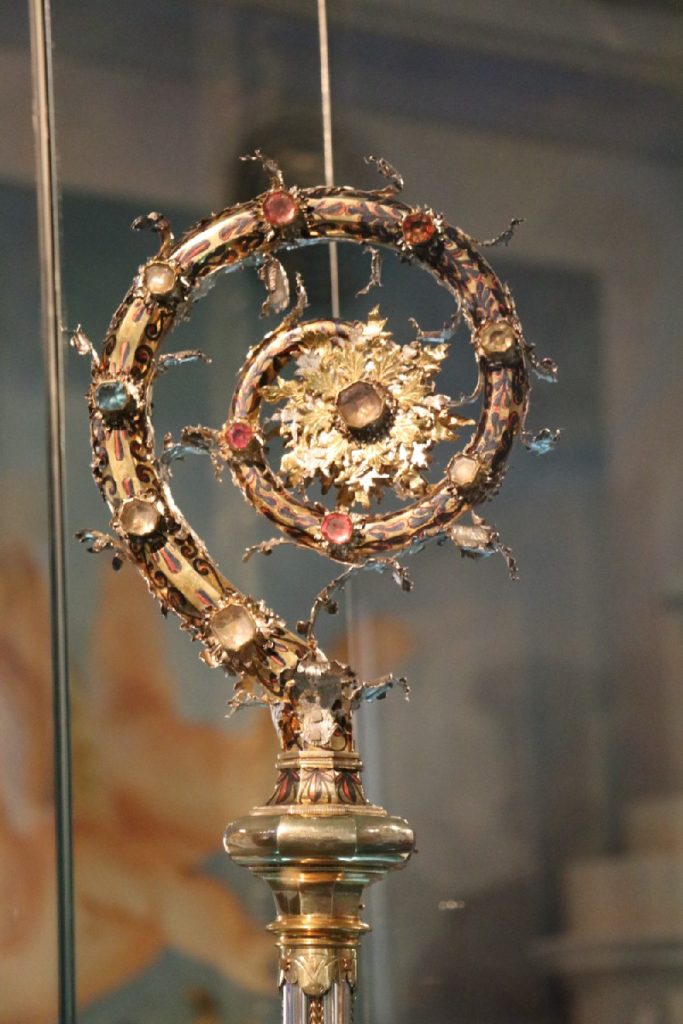
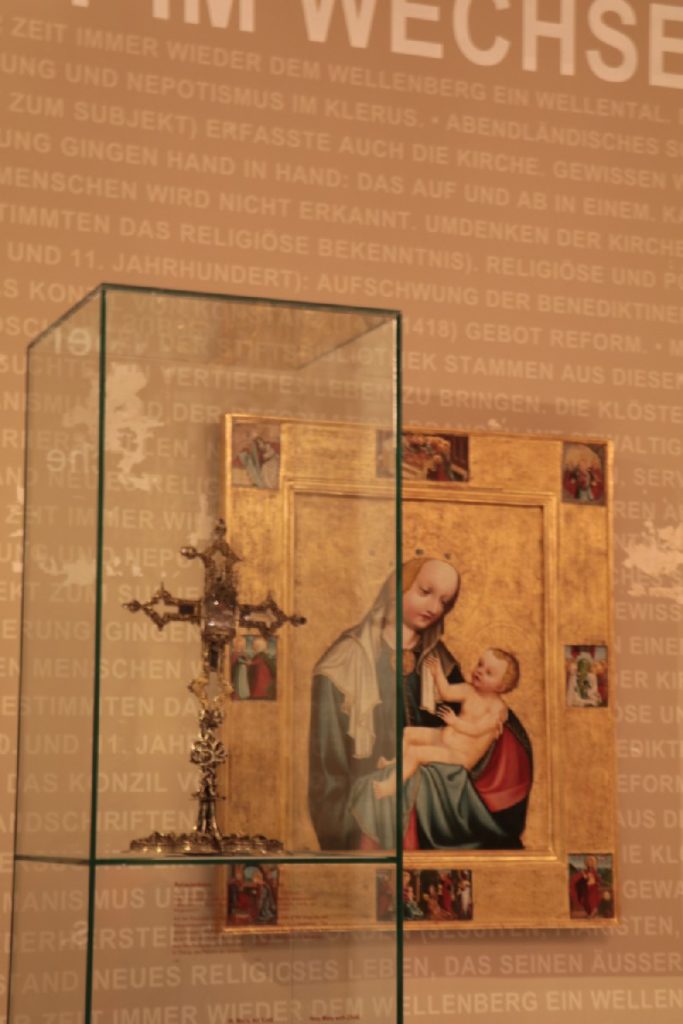
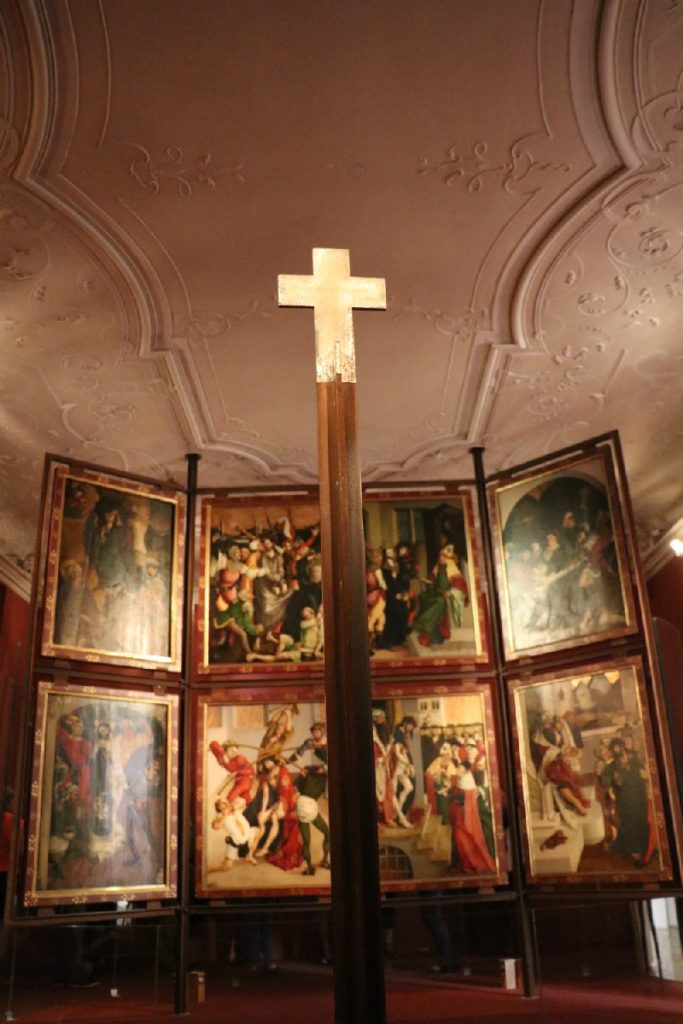
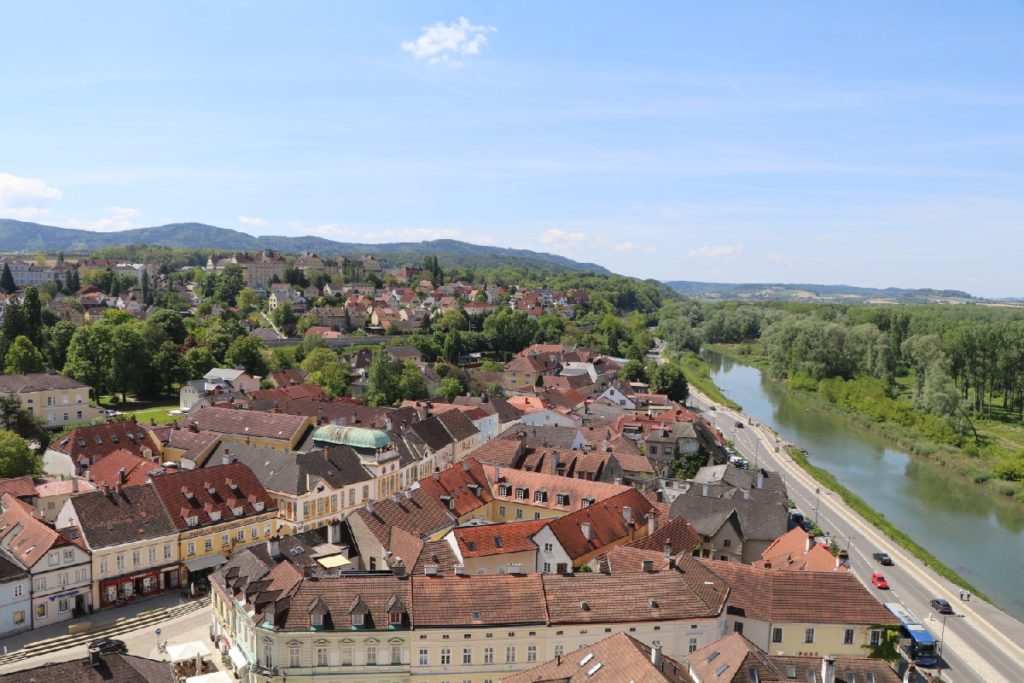

Pingback: Danube (Wachau) Valley Day Tour, Austria – Wheels On Our Feet
Pingback: A Perfect Summer Holiday in Austria – Wheels On Our Feet
Pingback: Must-eat at Stiftsrestaurant Melk, Austria – Wheels On Our Feet